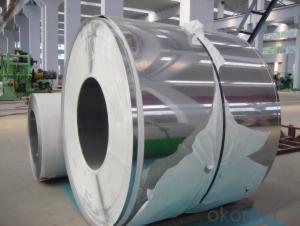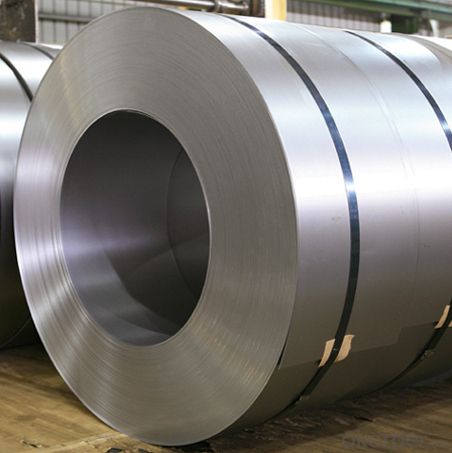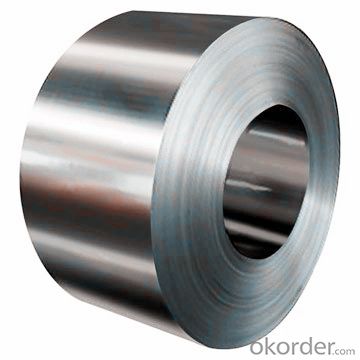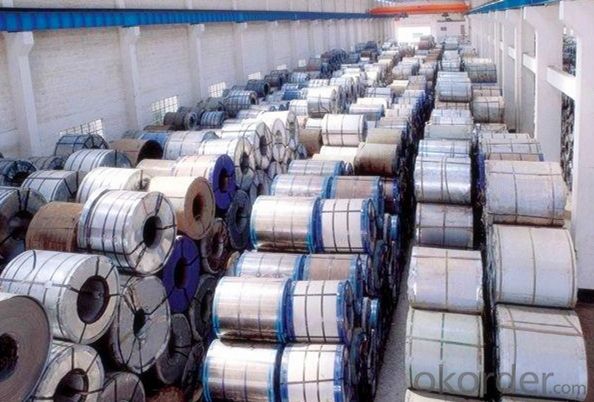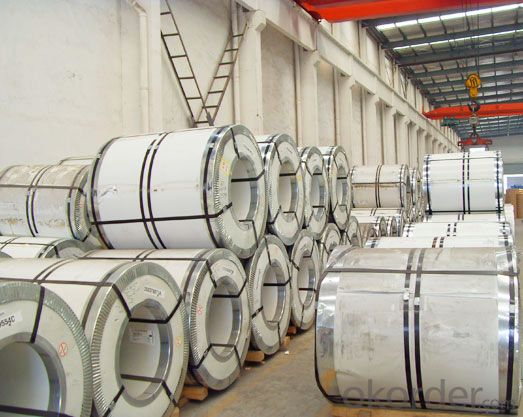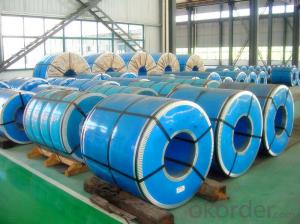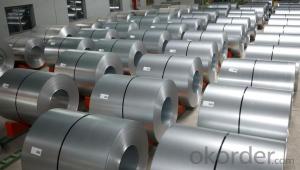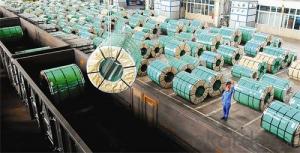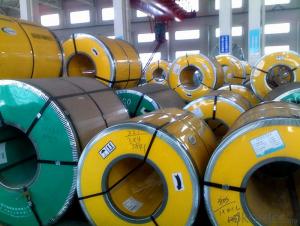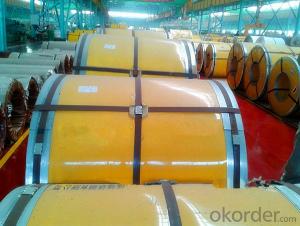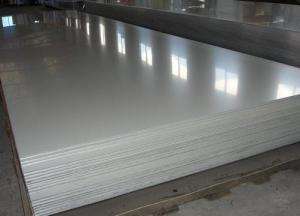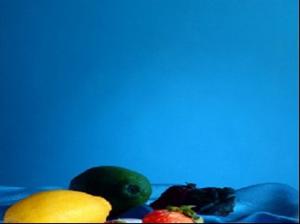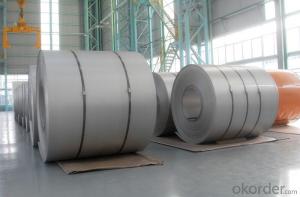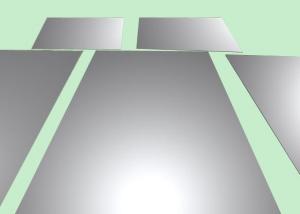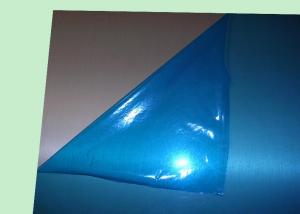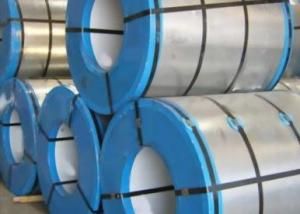2B / BA Finish 304 / 316 Stainless Steel Hot / Cold Rolled Coils Best Stock
- Loading Port:
- Tianjin
- Payment Terms:
- TT OR LC
- Min Order Qty:
- 20 m.t.
- Supply Capability:
- 3000 m.t./month
OKorder Service Pledge
OKorder Financial Service
You Might Also Like
Hot Rolled No.1 Finish Inox 304 Stainless Steel Coil / Sheet
Specification:
Thickness: 0.1mm-20mm;
Width: 400mm-3000mm;
Length: 1m-6m;
Standard:JIS,AISI,ASTM,GB,DIN,EN
Products information:
Thickness | 0.1mm-20mm |
Width | 400-3000mm or customized |
Length | 1m-6m or customized |
Standard | ASME, ASTM, EN, BS, GB, DIN, JIS, etc |
Material Grade | 300series |
Surface | 2B, BA, 8K, No. 4, HL, etc. |
Brand name | TISCO, LISCO , ZPSS, BAOSTELL , etc. |
Packaging | Standard export sea-worthy packing |
Technique | Hot rolled stainless steel sheet and coil or Cold rolled stainless steel sheet and coil |
Delivery time | 7-15 working days |
Supply ability | 3000 tons/ month |
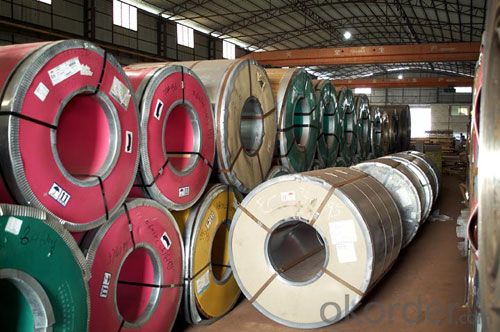
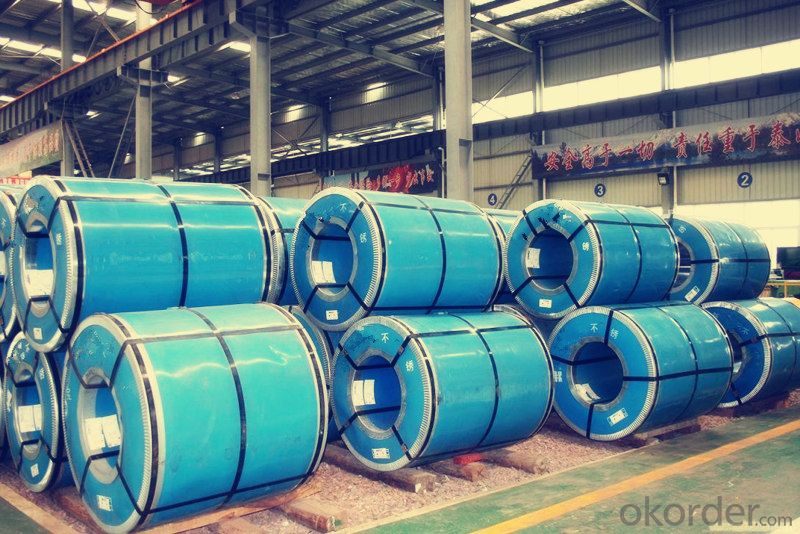

- Q: What is the composition of 111 stainless steel strips?
- The composition of 111 stainless steel strips typically consists of iron, chromium, and nickel as the main elements, along with small amounts of other elements such as carbon, manganese, and silicon.
- Q: What are the typical thicknesses of stainless steel strips?
- The typical thicknesses of stainless steel strips can vary depending on the specific application and industry. However, common thicknesses range from 0.1mm to 3mm.
- Q: What are the different types of coatings available for stainless steel strips?
- Stainless steel strips offer a variety of coating options, each with its own advantages and uses. 1. Electroplated coatings involve an electrochemical process that applies a thin layer of metal to the stainless steel strip. Common options include chrome, nickel, and zinc, which improve corrosion resistance and create an attractive finish. 2. Organic coatings, such as paint or powder coatings, act as a protective barrier against corrosion and enhance the appearance of the stainless steel strip. They come in a range of colors and finishes and also provide additional protection against chemicals, UV radiation, and abrasion. 3. PVD coatings are deposited onto the stainless steel strip using a vacuum-based process. Examples include titanium nitride, titanium carbonitride, and zirconium nitride. These coatings offer excellent wear resistance, hardness, and decorative finishes. 4. CVD coatings involve a chemical reaction to deposit a thin layer of material onto the stainless steel strip. Common options include diamond-like carbon (DLC) and titanium nitride. These coatings provide high hardness, low friction, and exceptional corrosion resistance. 5. Ceramic coatings, applied through thermal spray, offer outstanding wear resistance, thermal protection, and corrosion resistance. Popular choices include aluminum oxide, zirconium oxide, and titanium oxide. 6. Passivation is a chemical treatment that removes impurities from the stainless steel surface and forms a protective oxide layer. This process enhances the strip's corrosion resistance and durability. The selection of a coating for stainless steel strips depends on specific application requirements, such as desired corrosion resistance, aesthetics, wear resistance, and environmental factors.
- Q: Can 111 stainless steel strips be passivated to enhance corrosion resistance?
- Yes, 111 stainless steel strips can be passivated to enhance corrosion resistance. Passivation is a process that removes surface contaminants and forms a protective oxide layer on the stainless steel, which improves its resistance to corrosion.
- Q: Are stainless steel strips resistant to stress corrosion cracking?
- Yes, stainless steel strips are generally resistant to stress corrosion cracking. Stainless steel is known for its high corrosion resistance due to the presence of chromium, which forms a protective oxide layer on the surface of the metal. This oxide layer acts as a barrier against corrosive elements, including chloride ions, which are often responsible for stress corrosion cracking. However, it is important to note that the resistance to stress corrosion cracking can vary depending on the specific grade of stainless steel and the environment in which it is exposed. Some grades of stainless steel, such as austenitic stainless steels (e.g. 304, 316), exhibit excellent resistance to stress corrosion cracking in most environments. Nevertheless, in certain aggressive environments, such as those containing high concentrations of chloride ions or under high-stress conditions, even stainless steel can be susceptible to stress corrosion cracking. In such cases, it may be necessary to use higher alloyed grades of stainless steel or apply additional corrosion prevention methods to ensure optimal resistance to stress corrosion cracking. Overall, stainless steel strips are generally considered to be highly resistant to stress corrosion cracking, making them a reliable choice for various applications in corrosive environments.
- Q: What is the coefficient of thermal expansion of stainless steel strips?
- The coefficient of thermal expansion of stainless steel strips varies depending on the specific grade and alloy composition. Generally, stainless steel has a low coefficient of thermal expansion compared to other metals. The coefficient of thermal expansion for most stainless steel alloys ranges from 10.8 to 16.5 × 10^-6 per °C (6.0 to 9.2 × 10^-6 per °F). This means that for every degree Celsius increase in temperature, the stainless steel strip will expand by the specified coefficient. However, it is essential to note that different stainless steel grades may have slightly different coefficients due to variations in their alloy composition. Hence, it is crucial to consult specific technical data for the precise coefficient of thermal expansion for a particular grade of stainless steel.
- Q: Can stainless steel strips be recycled?
- Yes, stainless steel strips can be recycled. Stainless steel is a highly recyclable material that can be melted down and reused to manufacture new stainless steel products. Recycling stainless steel strips helps conserve natural resources, reduce waste, and minimize environmental impact.
- Q: Is there any magnetism in stainless steel?
- Stainless steel is becoming more and more popular because of its beautiful appearance, corrosion resistance and not easy to damage. More and more pots, city sculpture, architecture, etc. the use of stainless steel decoration room. Some customers in the purchase of stainless steel kitchenware, holding a magnet on stainless steel utensils to absorb. That the magnet is on the stainless iron, not stainless steel, stainless steel are not magnetic. In fact, this is the misunderstanding of stainless steel.
- Q: What are the typical tolerances for stainless steel strips?
- The tolerances for stainless steel strips differ based on the application requirements and manufacturing process employed. Typically, the industry adheres to standard tolerances ranging from +/- 0.005 to 0.010 inches for thickness and +/- 0.010 to 0.020 inches for width. These tolerances guarantee that the stainless steel strips meet dimensional requirements and are suitable for automotive, aerospace, and construction industries. Notably, more precise tolerances can be attained through specialized manufacturing techniques and the use of precision equipment.
- Q: Can stainless steel strips be used in the production of HVAC grilles?
- Yes, stainless steel strips can be used in the production of HVAC grilles. Stainless steel is a durable and corrosion-resistant material, making it suitable for HVAC applications. It provides strength and longevity, ensuring the grilles can withstand the demands of heating, ventilation, and air conditioning systems.
Send your message to us
2B / BA Finish 304 / 316 Stainless Steel Hot / Cold Rolled Coils Best Stock
- Loading Port:
- Tianjin
- Payment Terms:
- TT OR LC
- Min Order Qty:
- 20 m.t.
- Supply Capability:
- 3000 m.t./month
OKorder Service Pledge
OKorder Financial Service
Similar products
Hot products
Hot Searches
Related keywords


